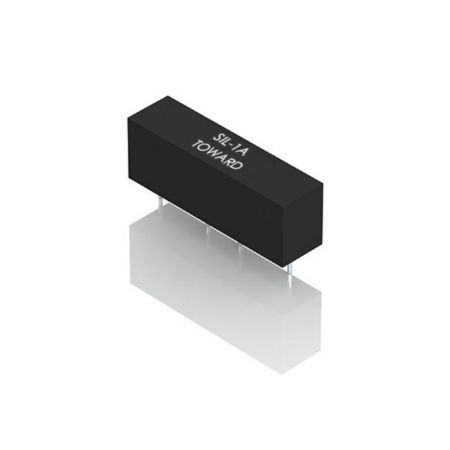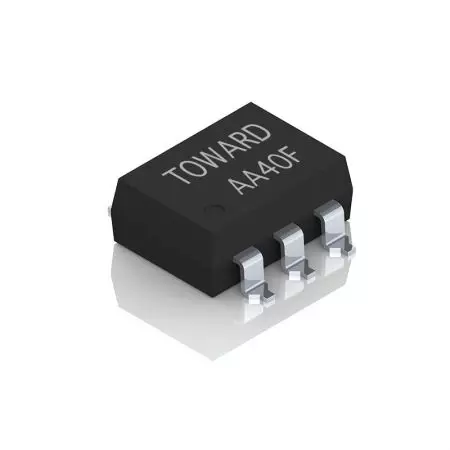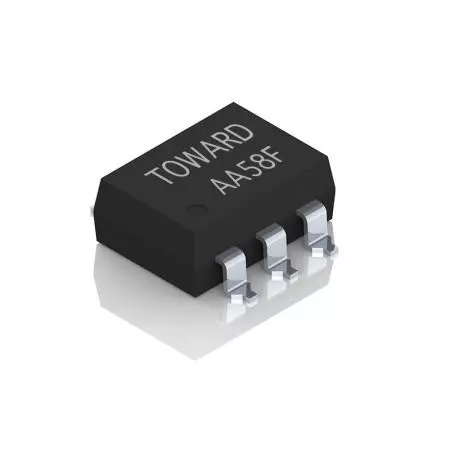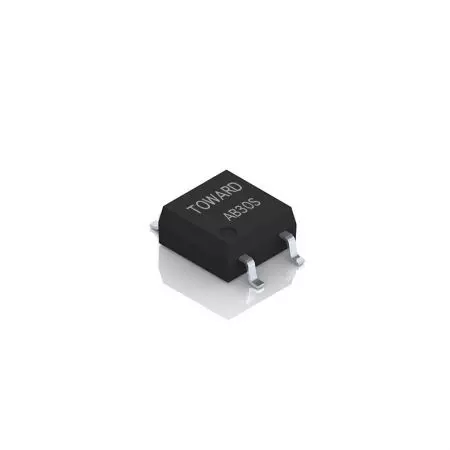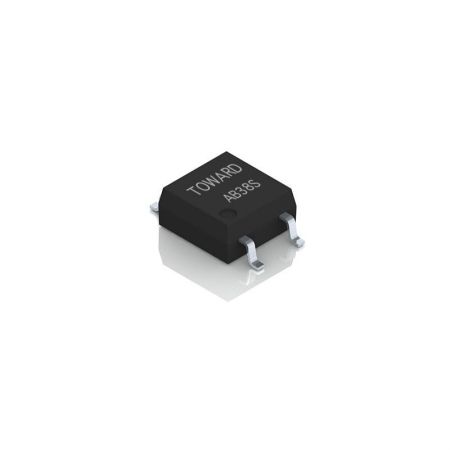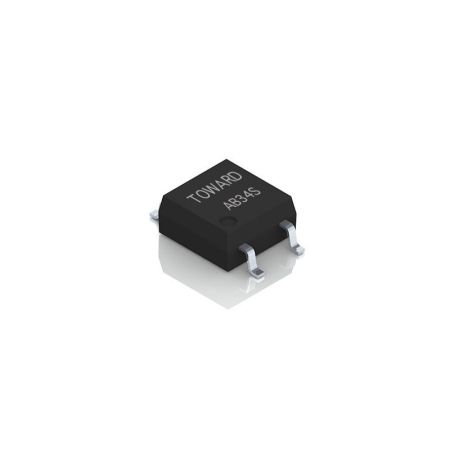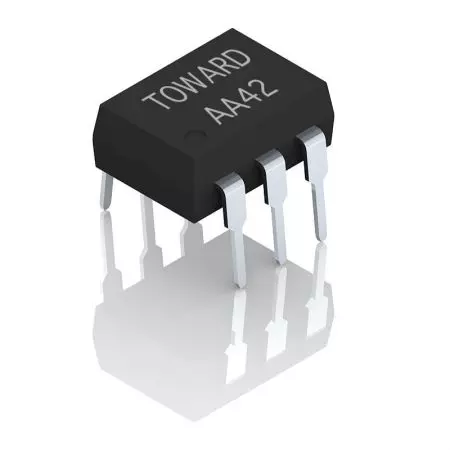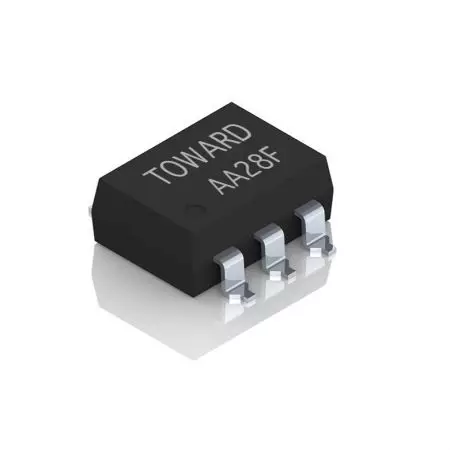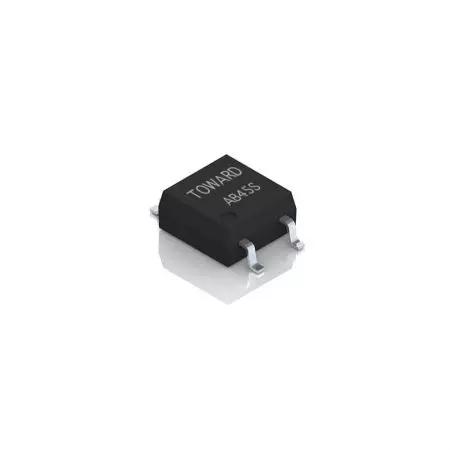Designing Battery Management System (BMS) Circuit Using Opto-MOSFET Relays
Written by Ryan Hsu
Three main functions in Battery Management System that uses Opto-MOSFET Relays:
High Voltage Insulation Detection
High voltage photo MOSFET relays are necessary for insulation detection in a battery management system (BMS) because they can provide electrical isolation between the battery pack and the measurement circuitry, ensuring accurate measurements and preventing potentially dangerous electrical faults.
When measuring the insulation resistance of a battery pack, it is essential to ensure that the measurement circuitry is isolated from the battery pack to avoid introducing any additional leakage currents that could affect the measurement accuracy or create safety hazards. High-voltage photo MOSFET relays are ideal for this application because they provide complete electrical isolation between the battery pack and the measurement circuitry without any physical contact.
Photo MOSFET relays work by using an LED to generate a light signal that switches a MOSFET on and off, allowing current to flow or preventing it from flowing. This process provides a high level of electrical isolation and also has the advantage of being faster and more reliable than traditional mechanical relays.
In addition, high voltage photo MOSFET relays are capable of handling high voltages and currents, making them well-suited for use in BMS applications where the battery pack may be operating at high voltages. They are also compact and can be easily integrated into the BMS design, helping to simplify the overall system and reduce component count.
Overall, high voltage photo MOSFET relays are an important component of an insulation detection system in a BMS, helping to ensure safe and accurate operation of the battery pack.
Bright Toward is the first in the industry to apply Silicon Carbide to Photo MOSFET Relays to achieve high load voltage, with load voltages at 1800V, 3300V, and 6600V. In addition, our high voltage reed relays SIL series loading voltage up to 2000V is also popular in insulation detection circuits and modules.
- SIL High Voltage Reed Relay 1000V/2.5A
- 40 Series Opto-MOSFET Relay 1500V/45mA
- 58 Series SiC Opto-MOSFET Relay 1800V/ 30mA
Voltage Measurement
Photo MOSFET relays can be used in BMS voltage measurement by providing a low on-resistance and high off-resistance switching solution for voltage measurement circuits. These relays can be used to isolate or connect voltage-sensing circuits in BMS and can be controlled by a microcontroller or other control circuitry.
In BMS voltage measurement, it is essential to have accurate and reliable voltage sensing to ensure the battery cells are properly balanced and protected from overcharge or over-discharge. Photo MOSFET relays can provide precise voltage sensing with high input impedance and low leakage current, which can minimize the impact on the battery cell's voltage readings. In addition, photo MOSFET relays can help improve the accuracy of voltage sensing by minimizing the noise and signal interference that other relay types, such as mechanical relays, can introduce.
Overall, photo MOSFET relays are important to BMS voltage measurement because they provide a reliable and accurate voltage sensing solution with low power consumption, high isolation, and low noise. This can help ensure the safe and efficient operation of the battery cells and extend the battery's life.
The following Photo MOSFET Relays are popular in BMS voltage measurement.
- 30 Series Opto-MOSFET Relay 400V/ 100mA
- 38 Series Opto-MOSFET Relay 600V/ 70mA
- 34 Series Opto-MOSFET Relay 200V/ 180mA
Battery Balancing
Battery balancing is the process of ensuring that the individual cells or modules within a battery pack are charged and discharged evenly, to maximize the performance, capacity, and lifespan of the battery. In a battery management system (BMS), battery balancing is achieved by transferring charge from higher voltage cells or modules to lower voltage cells or modules, or by limiting the charge to the higher voltage cells or modules.
Photo MOSFET relays are important in battery balancing circuits because they provide a high level of accuracy and efficiency in controlling the transfer of charge between cells or modules. Unlike traditional mechanical relays, which may have contact resistance and limited reliability, photo MOSFET relays use light signals to switch on and off, providing precise control and no physical contact.
Photo MOSFET relays are also advantageous in battery balancing because they can handle high voltage and current levels, making them suitable for use in high-capacity battery packs. They can also operate quickly and reliably, allowing for efficient and precise balancing of the battery cells or modules.
In a typical battery balancing circuit, photo MOSFET relays are used to connect the battery cells or modules to a balancing circuit, which monitors the voltage and current levels of each cell or module and controls the flow of charge between them. The photo MOSFET relays can switch the cells or modules between a charging state and a discharging state, or can limit the charging current to prevent overcharging.
Overall, photo MOSFET relays are important in battery balancing circuits in a BMS because they provide precise, reliable, and efficient control of the transfer of charge between battery cells or modules. This helps to ensure that the battery pack operates at maximum performance and efficiency, while also extending the lifespan of the battery pack.
The following Photo MOSFET Relays are popular in BMS Battery Balancing.
- 42 Series Opto-MOSFET Relay 60V/7A
- 28 Series Opto-MOSFET Relay 40V/4.5A
- 45 Series Opto-MOSFET Relay 60V/200mA
- HV Insulation DetectionVoltage MeasurementBattery Balancing
SIL High Voltage Reed Relay 1000V/2.5A
This 1 Form A high voltage reed relay can carry voltage up to 4,000V and current up to 2.5Amps.
40 Series Opto-MOSFET Relay 1500V/45mA
This load voltage 1500V, load current 45mA SMD-6 IC Solid State Relay is a high voltage miniature semiconductor relay.

